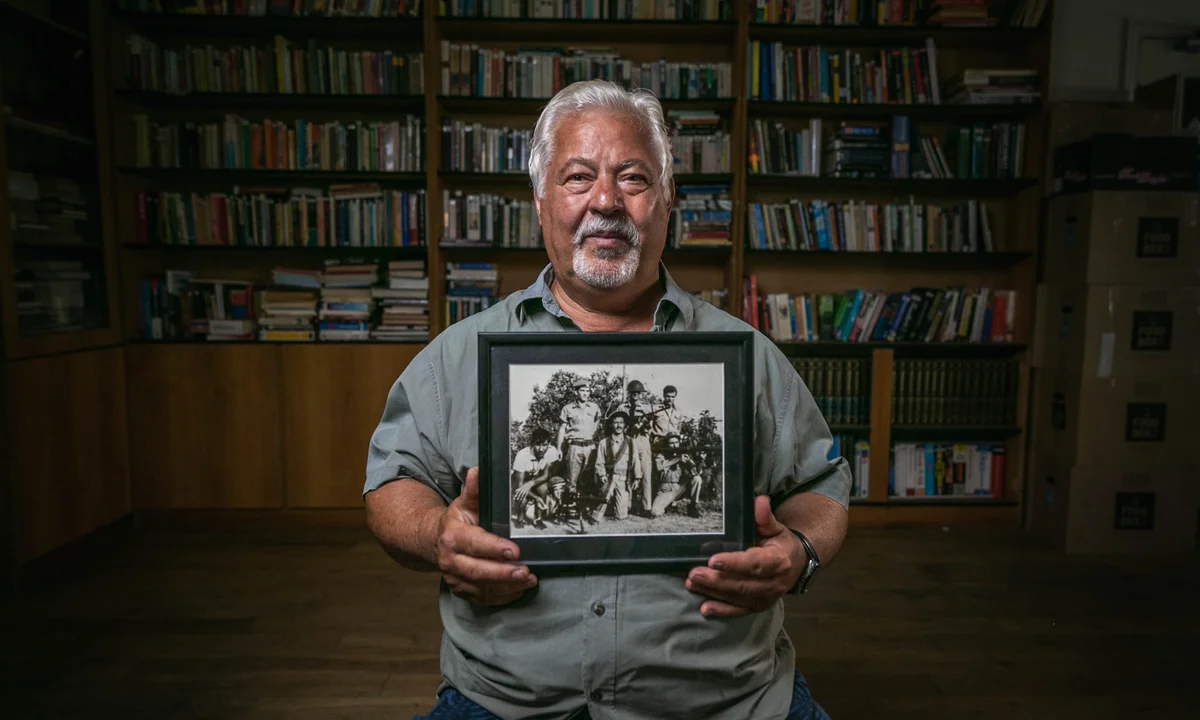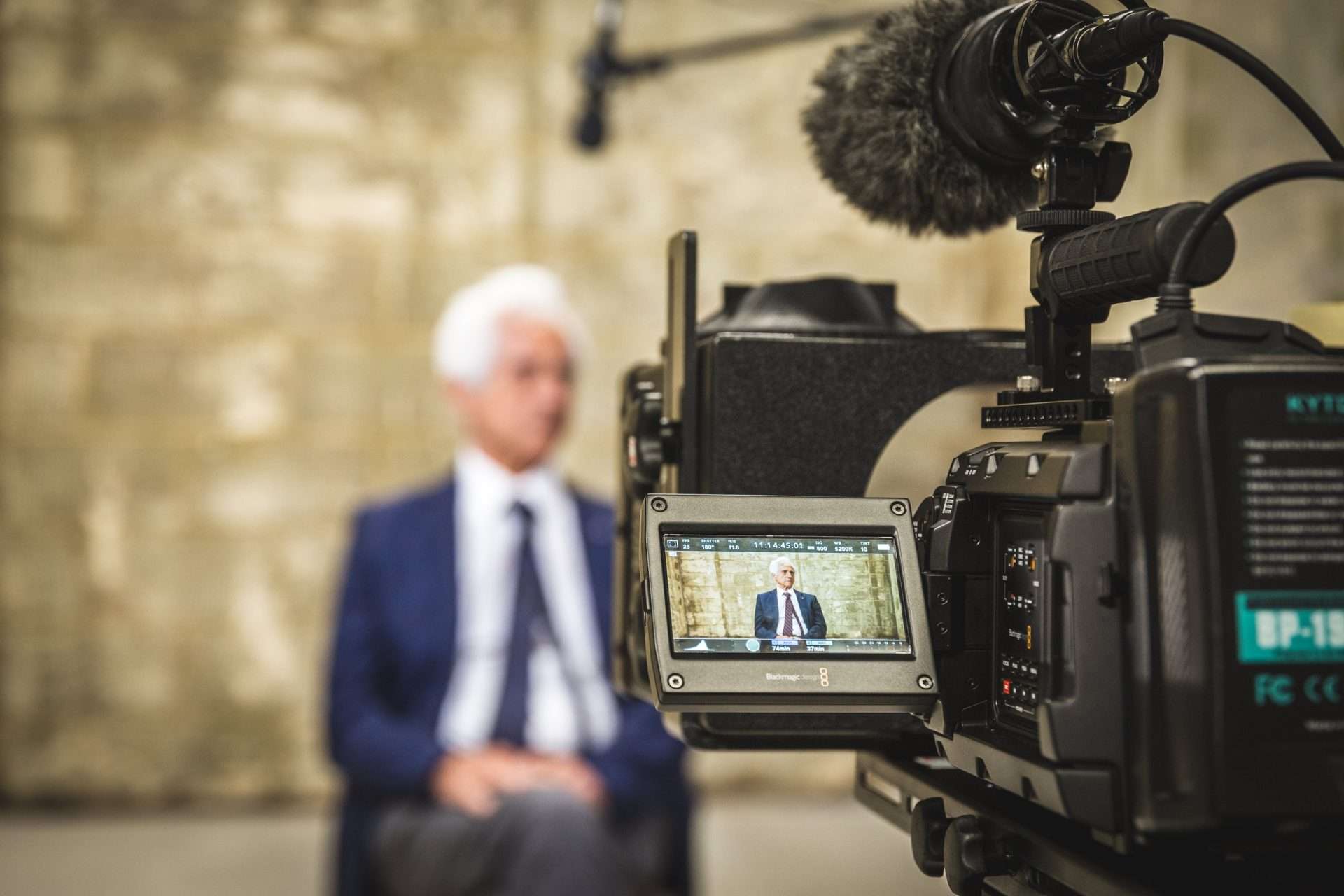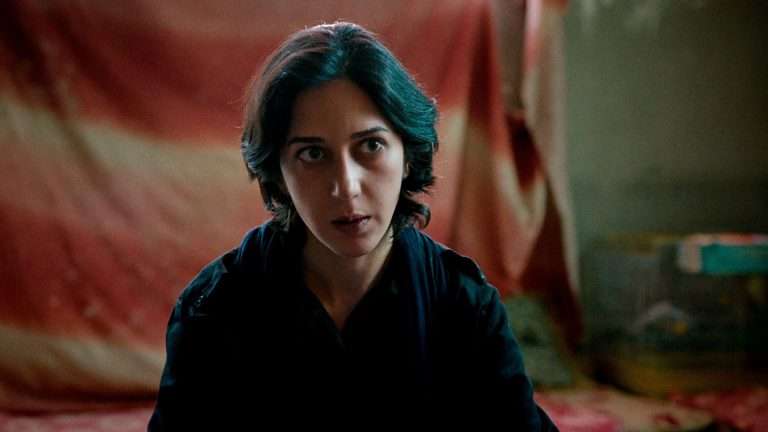“The Divided Island” is a feature-length documentary exploring ‘The Cyprus problem’ marking the 60 years of violence that divided the Cypriots and tore apart the island. Nicosia, the capital of Cyprus and Europe’s last divided capital, has largely been forgotten by the world too distracted by the ongoing conflicts in regions around. But the documentary is here to bring back the lost attention to the pain and suffering of the silenced Cypriots. After 60 years of unsuccessful negotiations, the question still remains: will the island ever be reunited again?
Since 1974, when Turkey invaded the north as a response to the military coup backed by the Greek government, the island was partitioned. The Turkish Cypriot government runs the northern third while the southern two-thirds, a majority, is run by the internationally recognized Greek Cypriot government. The “Green Line” dividing both parts is patrolled by the United Nations, maintaining a sense of peace on the otherwise inevitable violence that would break out again and talks of reunification, once again, would become null and void.
The international community, the UN, and the European Union refuse to acknowledge the Turkish Cypriot state as a part of the two-state solution, with the EU stating a little too firmly that it would “never, ever” acknowledge the two-state solution for Cypriots, and the northern part ruled by Turkey is only acknowledged by Turkey and none other. To add fuel to the fire, Ersin Tatar, the then Prime Minister of northern Cyprus, said that a forced marriage could not be successful under any circumstance and elaborated on the inherent differences between both communities. He emphasized the deep religious and cultural divides between the two regions, painting a picture of an unbridgeable gap that made reunification and peaceful coexistence seem impossible, unlike the way people lived together before the partition.

The hostility-driven narratives perpetuated by the mainstream media are challenged and contrasted greatly in the documentary. It highlights narratives, recollections, and perspectives of both the Greeks as well as the Turks bringing to light their pain of partition, losing loved ones, and the uninherited curiosity and empathy towards the people across the border from them. The deeply personal interviews are bound to strike a chord with the audience especially ones from a divided state themselves.
As an Indian, I felt similar emotions towards the people that were once my own across the borders and hence, sympathizing with their situation and empathizing with their emotions came easily. The documentary pursues the truth blurred by the media and mainstream narratives; a truth which is reflected through the similarities in narratives from both the Turks, Greeks, and the Armenian Cypriots, all recalling how the communities would celebrate festivals together.
An instance from a member of the Armenian community is recalled when she said that her family lived between members of the Greek and the Turkish community and during Easter, they would share flaounes and baklava and there was no discrimination between them. The documentary also brings to light how the land had not been divided on religion but on lines of class. The documentary highlights the history of the divide, the EOKA, and the Enosis, simultaneously bringing to light how the people of the island saw these movements and what their experiences of them were.
An old person interviewed says in the documentary, that he remembered his school friend had said, the Greeks were going to get the British out of Cyprus and make the island join Greece. He describes this as a ‘cold shower’ on his skin. Especially since he said that there were no differences between the Greeks and the Turks in his mind. Ever since Enosis appeared in the Cypriot dictionary, the Turkish political elites and academicians opposed it forcefully because they feared for their very existence. The Turks drew a parallel with the Muslim communities in Crete where they had to leave.

Directed by Turkish Cypriot Sey Sesiguzel and co-produced by Greek Cypriot Andreas Tokkallos, the documentary aims to provide an unbiased understanding of the ‘Cyprus Problem,’ emphasizing that it is not merely a Greek or Turkish issue, as the media often suggests. While talking about the British involvement in Cyprus, an important point of ‘divide and rule’ was brought about as well, making the hatred and distrust between the communities very relatable to India and other colonized nations as well. The documentary talks about how the Greeks thought of the Turks as ‘British collaborators’ especially when the Greeks were militarizing their community for EOKA. The animosity between the two communities significantly grew and slogans like ‘Taksim’, “ya Taksim, ya Olum” etc. started to come about.
In 1963, both communities wanted to destroy the republic because they feared for their existence and the disproportionate power it proposed. Hence, civil war erupted and that was the last thing they wanted. To this date, the ambitions of Turkey and the way northern Cyprus is governed are considered suspicious and unwelcoming by the global community.
Cyprus remains divided today between the Republic of Cyprus (RoC, the Greek half) and the Turkish Republic of Northern Cyprus (TRNC) which is repelled by all due to Turkey’s expansionist ambitions. Till today, Turkey is looked at with suspicion due to the way TRNC is governed. The documentary, then, becomes very important in bringing forward the voices of the people living in both parts to display how they feel about each other, themselves, and the land they inhabit alongside its history.


![On the Count of Three [2021]: ‘Sundance’ Review – Constantly funny bromance takes a sharp look at men’s mental health](https://79468c92.delivery.rocketcdn.me/wp-content/uploads/2021/02/On-the-Count-of-Three-Sundance-Review-768x432.jpg)

![Dear Comrades! [2021] Review: A gripping tale about the two days of the Novocherkassk massacre](https://79468c92.delivery.rocketcdn.me/wp-content/uploads/2021/05/Dear-Comrades-2-highonfilms-768x512.jpg)

![House By The Lake [2017] : A Lovecraftian Take On Broken Relationships](https://79468c92.delivery.rocketcdn.me/wp-content/uploads/2017/12/Fish-Man-and-Amiah-Walking-Into-Water-5-768x432.jpg)